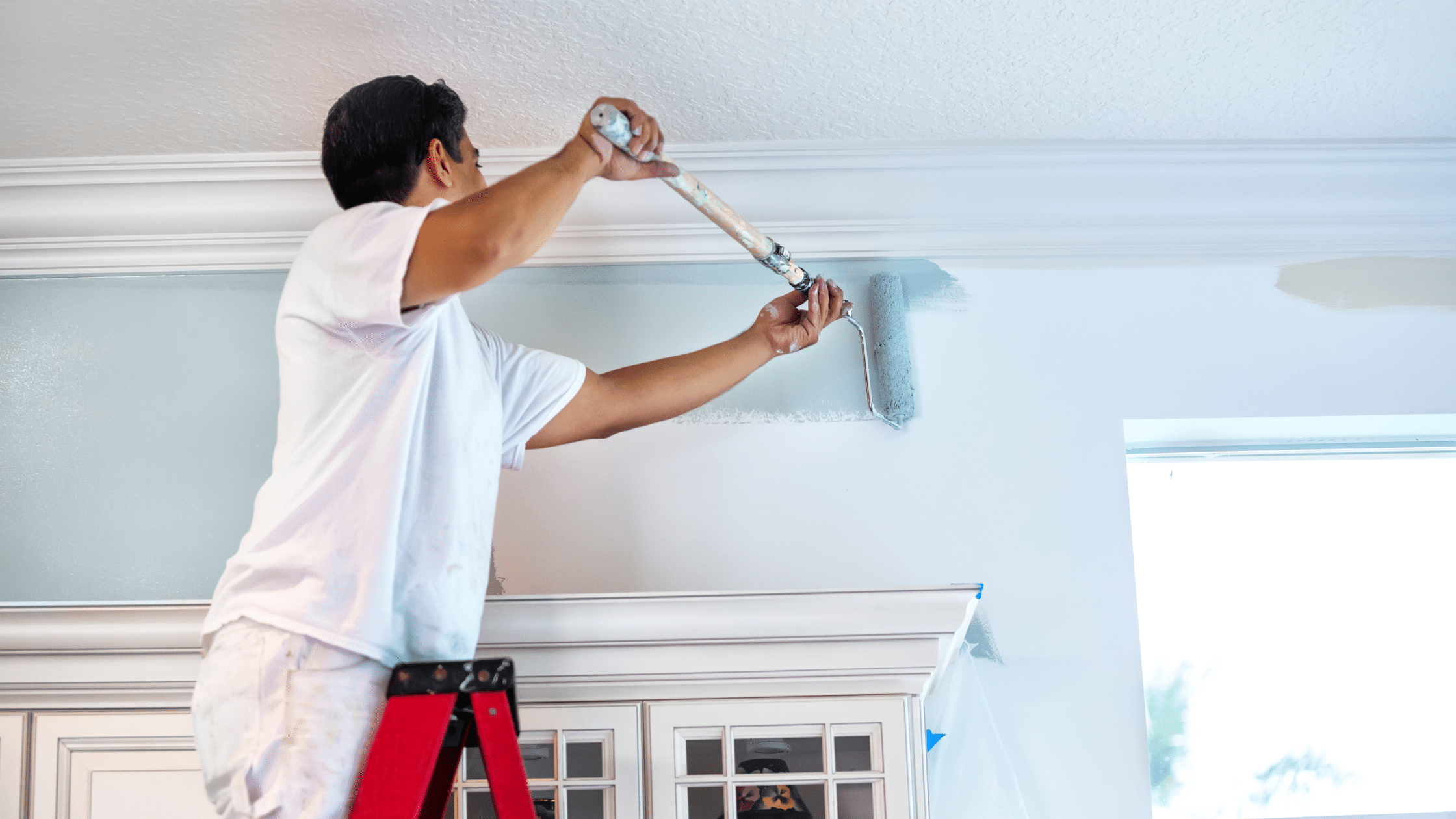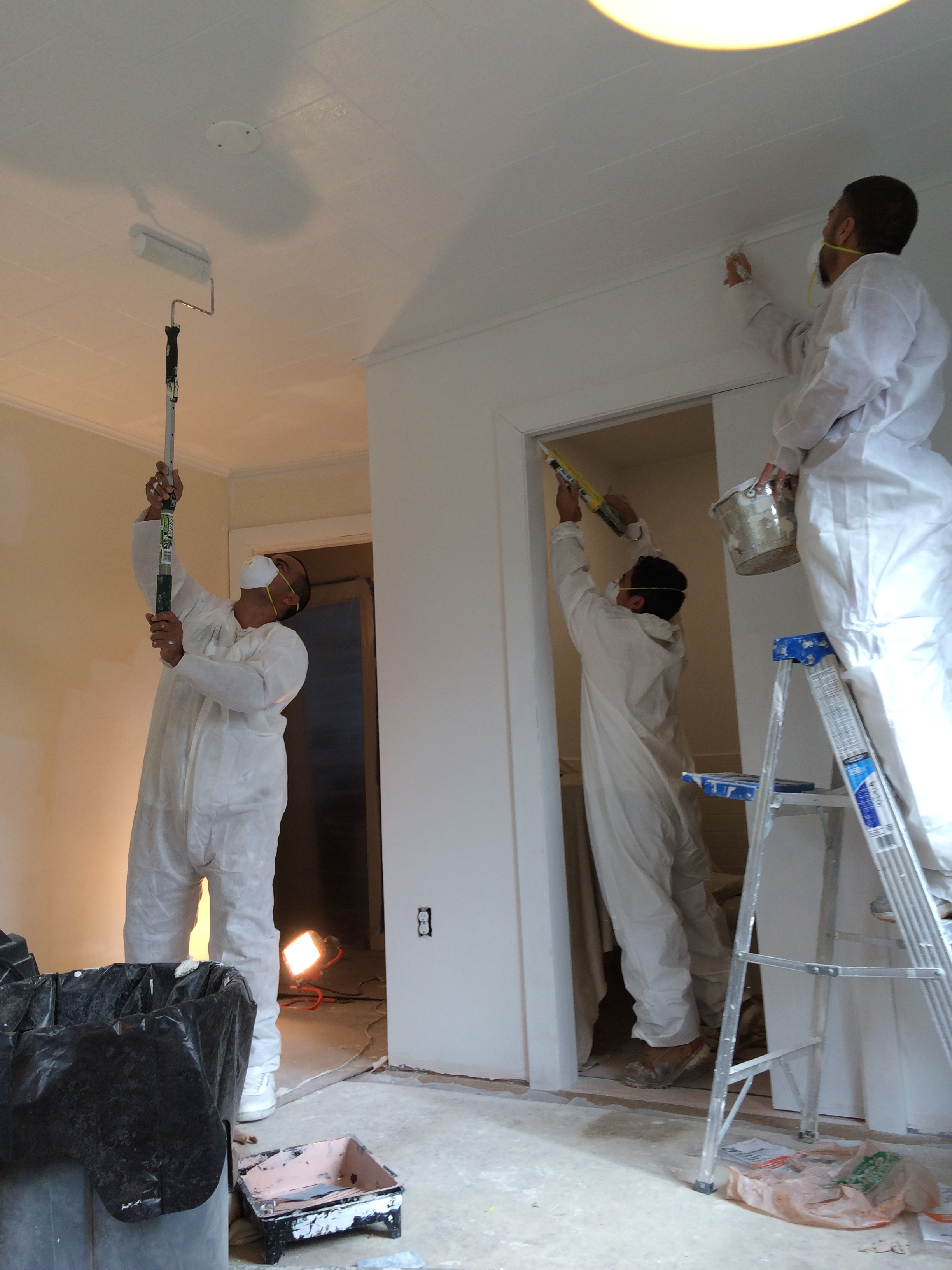Lakewood Interior Painting: Expert Services to Refresh Your Home’s Style
Lakewood Interior Painting: Expert Services to Refresh Your Home’s Style
Blog Article
Enhance Your Interior Decoration With Comprehensive Shade Consultation
The combination of color examination into interior decoration presents a special chance to fine-tune and boost the aesthetic and psychological vibration of a room. By engaging with a skilled shade specialist, you can navigate the complexities of color choice, making sure that your options not just complement architectural features however also resonate with individual style and emotional influence. This critical partnership can substantially influence the general atmosphere of your setting, promoting a sense of consistency and function. Nonetheless, recognizing the nuances of this procedure is vital-- what crucial facets should be taken into consideration to achieve optimal results?
Benefits of Shade Examination

Moreover, shade appointment help in making best use of natural light and enhancing spatial assumption. Lighter hues can make a space appear more extensive, while darker tones produce an intimate setting. Cleveland Metro Painting Specialists. This calculated application of shade can substantially affect the total setting of any type of indoor room
Additionally, expert consultants possess a detailed understanding of present trends and timeless classics, ensuring that the chosen colors will continue to be attractive in time. This insight can conserve customers from pricey redesigns in the future. Shade assessment encourages clients by offering them with a clear vision and direction, cultivating confidence in their design options and eventually leading to a more satisfying and successful interior style result.
Recognizing Color Psychology
The significance of color psychology in interior decoration can not be overemphasized, as it looks into the psychological and emotional effects that various shades can evoke in individuals. Colors can affect state of mind, actions, and also productivity, making them an essential consideration in any kind of layout project.
For example, cozy colors such as red, orange, and yellow are typically related to energy and heat. They can promote sensations of excitement and convenience, making them ideal for social areas like living rooms or cooking areas. Alternatively, amazing shades like blue, environment-friendly, and purple have a tendency to evoke calmness and tranquility, making them suitable for bedrooms or meditation areas.
Additionally, using neutral tones can create a well balanced setting by allowing the bolder colors to stand apart without frustrating the detects. Comprehending these emotional effects enables developers to produce rooms that not just look aesthetically pleasing however additionally promote psychological well-being.
Integrating shade psychology into interior decoration includes a thoughtful selection of colors tailored to the intended function of each area, inevitably boosting the general experience for its owners. This recognition is important for attaining a unified and useful indoor atmosphere.
The Shade Wheel Explained
Understanding the connections between shades is important for reliable interior design, and the shade wheel acts as a useful tool in this procedure. The color wheel, established by Isaac Newton in the 17th century, shows the spectrum of colors set up in a round layout. It makes up key colors-- red, blue, and yellow-- that can not be developed by mixing other shades. Additional colors, created by integrating key colors, consist of eco-friendly, orange, and purple. Tertiary colors result from mixing a main and an additional color, bring about colors such as blue-green and red-orange.
The color wheel assists developers comprehend the partnerships between shades, consisting of corresponding, similar, and triadic plans. Complementary colors, positioned opposite each other on the wheel, create vibrant contrasts that can energize a room.
Utilizing the color wheel in interior layout not just enhances aesthetic appeal but additionally evokes certain emotions and ambiences, making it an important reference for shade examination. Understanding these connections ultimately equips designers to develop areas that are both useful and aesthetically fascinating.
Choosing the Right Scheme
An appropriate color plan can unify a space, enhance its attributes, and stimulate preferred emotions. Various rooms offer different features and require combinations that mirror their desired use; for circumstances, relaxing shades such as soft blues or greens work well in bedrooms, promoting leisure.
Next, take into consideration the all-natural light offered. Light can significantly alter how shades appear, so it is important go to my site to analyze the space at various times of the day. Additionally, consider existing architectural elements and home furnishings. An unified palette must match these attributes, developing a natural look throughout the space.
When selecting colors, utilize the 60-30-10 regulation, why not try this out which recommends that 60% of the room should be a leading color, 30% a second color, and 10% an accent shade. This proportion ensures balance and aesthetic passion (Cleveland Metro Painting Specialists). Sample colors on the walls before committing, as this permits you to see exactly how the tones interact with one an additional and the general setting they produce in your indoor style task.
Dealing With a Shade Consultant

When dealing with a color professional, the procedure normally starts with an initial consultation. During this meeting, you'll discuss your vision, preferences, and the existing components in your area. The expert will certainly evaluate your demands and may recommend specific shade schemes that align with your objectives.
After developing a direction, the professional will certainly offer examples and visual help to aid you visualize the proposed shade systems. This action is vital, as shades can appear differently under varying lighting conditions.
In addition, a color professional can direct you in selecting complementary home furnishings, art work, and accessories to integrate with your picked palette. By collaborating carefully, you can attain a polished visual that elevates your insides and creates a welcoming atmosphere. Inevitably, the proficiency of a shade professional can substantially improve the total influence of your style project.
Conclusion
In recap, extensive shade examination serves as an important device for boosting indoor layout. By leveraging expert knowledge of color psychology and spatial characteristics, a customized color scheme can be developed to stimulate go to this site specific feelings and create an unified atmosphere.
By engaging with a skilled shade specialist, you can navigate the complexities of color choice, guaranteeing that your choices not just enhance architectural functions however also reverberate with personal style and psychological influence. It consists of key colors-- red, blue, and yellow-- that can not be produced by blending other colors.The color wheel aids designers comprehend the connections between shades, including corresponding, analogous, and triadic systems.When choosing shades, use the 60-30-10 regulation, which suggests that 60% of the room need to be a dominant color, 30% a secondary shade, and 10% an accent color. By leveraging professional expertise of shade psychology and spatial dynamics, a tailored shade scheme can be established to evoke particular emotions and develop an unified environment.
Report this page